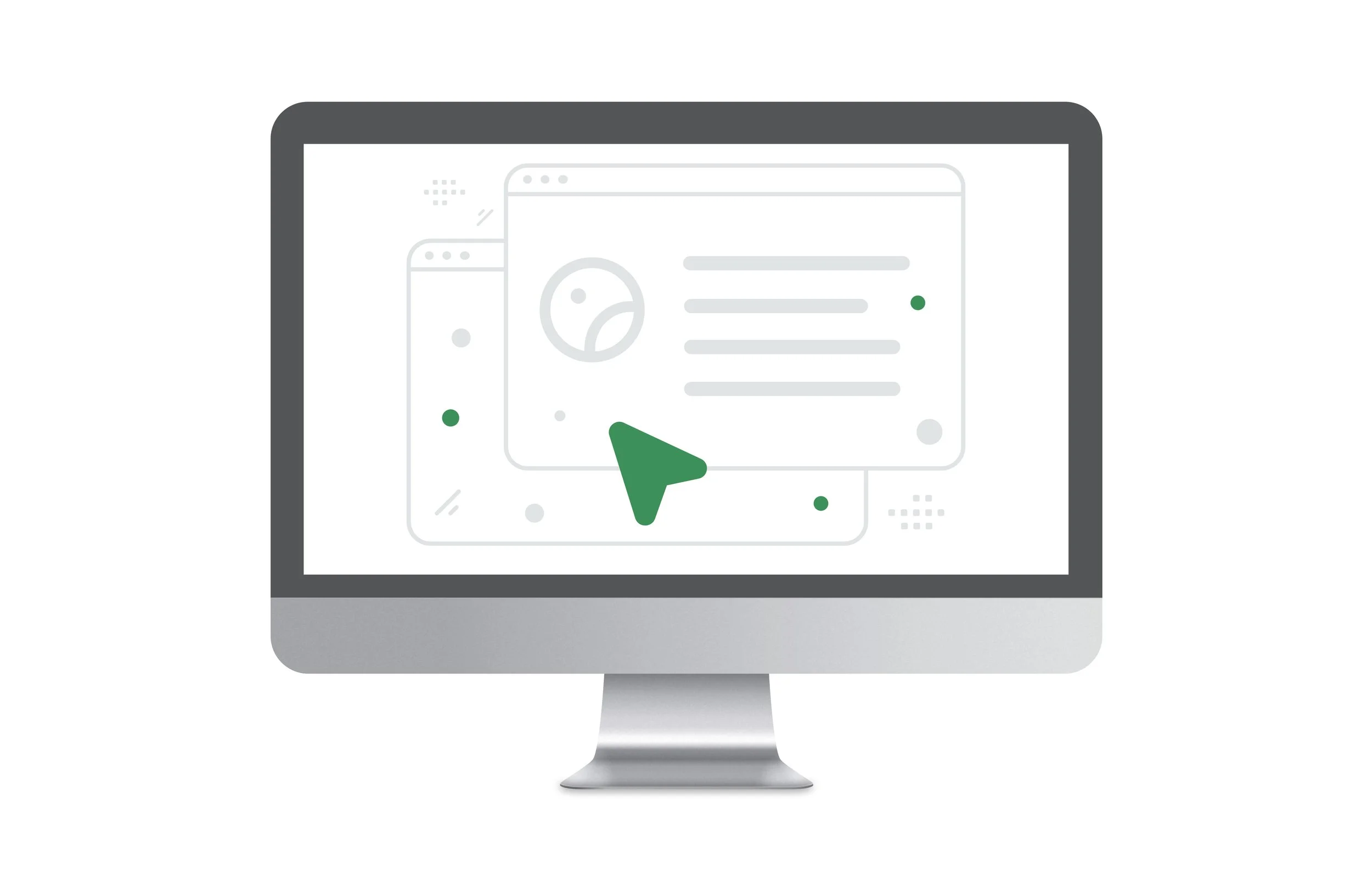Personal Insurance Experience Design
This project is protected by a signed non-disclosure agreement and proprietary information that cannot be shared publically. The confidential client is a top financial institution looking to improve the web experience of understanding, purchasing, and managing personal insurance products.
Due to strict NDA policies, I can not share any part of the design here. Please get in touch with me if you would like a walkthrough of this project.
Role: Product Designer
Challenge
As one of the top financial institutions in North America, this client needed to accelerate making improvements to their legacy insurance experience to act on customer feedback recevied through surveys and call centres. this client implemented the strategy to evaluate this existing insurance product experience, implement improvements, and optimize user flows. This was especially critical work that needed to be completed within the fiscal year quarter so the organization could secure a budget for future improvements.
The biggest problem the organization was facing was a fragmented experience across different insurance products for the same customers, without any incentivization for customers to retain their loyalty to the financial institute.
Approach
My team’s role was to unpack customer feedback delivered through survey responses, work with the product owners and business to prioritize requirements that make a high impact on the users’ needs, and deliver an engaging experience, all the while remaining within the limitations of the existing design system to reduce development effort as much as possible. Given that we had over 15 stakeholders involved in this work, we wanted to ensure that we work as efficiently as possible. As I headed into the work, I had some questions in mind, including:
How can we establish governance and communication protocols to avoid misinformation across stakeholder groups?
What do the market competitors’ experiences look like?
What do users care most about when it comes to purchasing insurance products?
How should we mobilize within the design team to communicate effectively and prioritize work?
We began by affinitizing the feedback into core problem statements or experience deficits. Once we had a clear understanding of the key issues we had to solve, we began competitive analysis to understand how other insurance experiences might have addressed analogous experience challenges. After performing this detailed analysis, our team had 3 main goals to achieve:
How might we encourage people to trust the organization?
How might we accelerate insurance purchases?
How might we reduce the cognitive load in the existing experience?
How might we improve the current experience to lower drop off rates?
Design Execution
Once we had a clear understanding of the areas of focus for experience enhancements, we began ideating through wireframing and presenting our ideas back to the business. Since the business had already created a set of requirements, our designs were based on the business requirements and included provocation to define additional requirements where necessary for a better experience.
We worked in 3 week design and dev sprints that included:
Requirement debrief,
Design team analysis and evaluation
Backlog grooming
Wireframe draft and refinement
Usability testing
Stakeholder reviews and approvals
Design documentation delivery & High fidelity visual design & Legal approval.
To ensure there are no discrepancies between the production environment and the recommended experience, the Design team also conducted a QA session once the designs had been deployed.
Outcome
Our design team worked alongside business analysts, product owners, business stakeholders, development, and QA to deliver impactful changes to the fragmented experience. Additionally, our team established a trusted relationship with the product owner and business stakeholders, which was not always true for the client organization.
Our biggest challenge throughout this project was to maintain effective and seamless communication across all stakeholder groups. In the end, with open communication, rituals, and an established cadence we were able to successfully deliver an improved insurance experience resulting in 6% customer uptake through the web channel.
